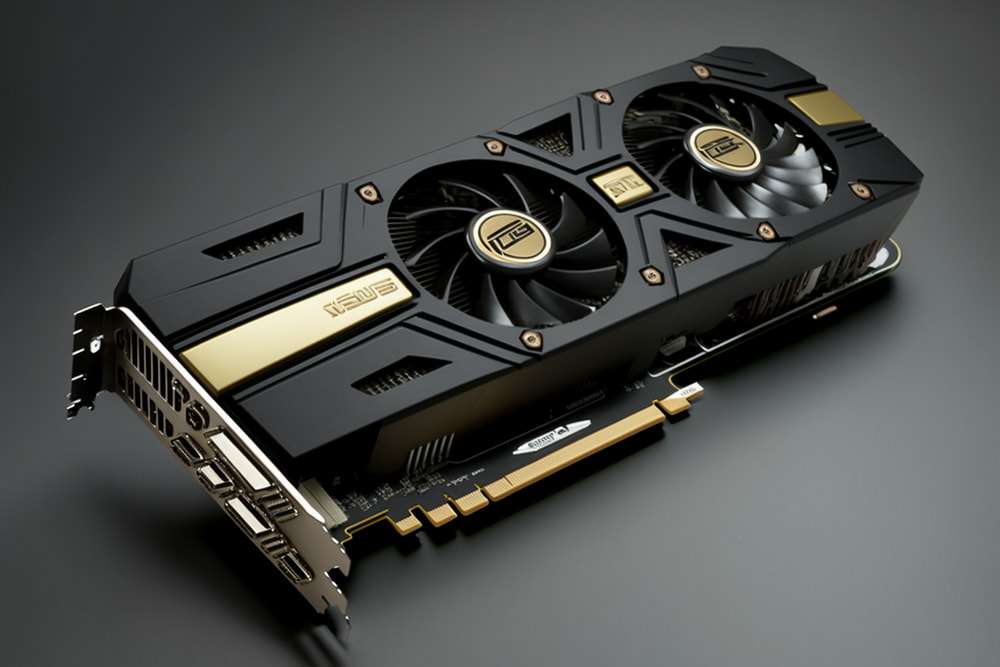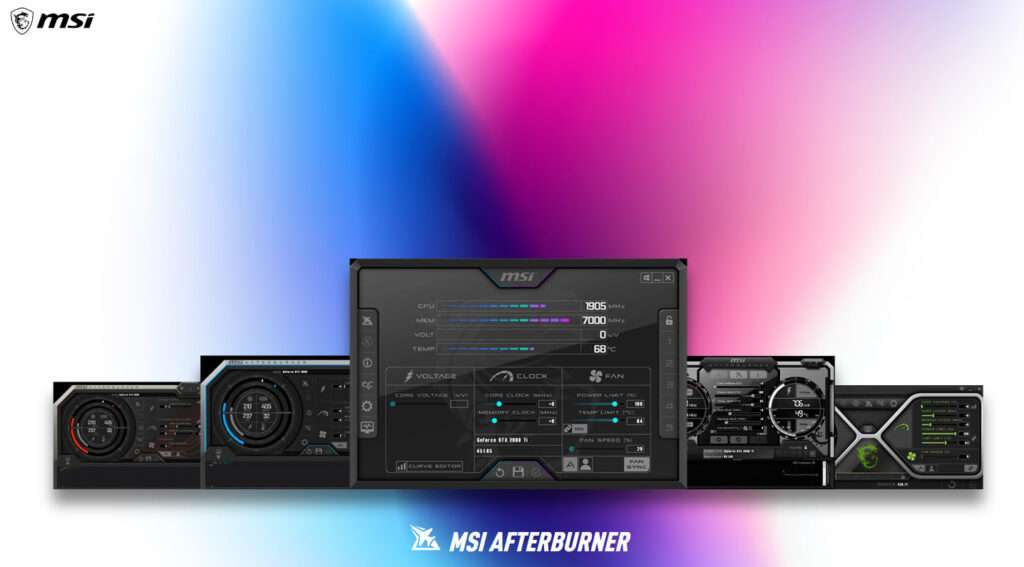Nothing is more frustrating, especially for gamers, than a lackluster display frame rate. Stuttering, ghosting, and tearing reduce the gaming experience and can also mean the difference between winning and losing. Will upgrading the graphics card of your computer system improve the FPS display rate?
Solving a slow FPS display rate by upgrading the graphics card will, in most cases, be the answer. However, how well the CPU, RAM, and GPU work together to render the graphic display must not be ignored. A graphics software monitoring tool can help pinpoint the source of a slow FPS rate.
While upgrading a graphics card is simple, deciding if a card upgrade alone will improve the FPS (frame per second) rate is difficult. In many cases, upgrading may be beneficial, but in other situations be of little or limited value.
Does a Bad Graphics Card Cause Low FPS?
A bad or underpowered graphics card can indeed lead to lower Frames Per Second (FPS) in games and other graphically-intensive applications. FPS is a measure of how many images your graphics card can produce in a second, and it significantly impacts the smoothness of the on-screen action.
A few reasons why a graphics card might cause low FPS are:
- Lack of Processing Power: Graphics cards with insufficient processing power struggle to render complex visuals at a high frame rate, leading to lower FPS. This is particularly noticeable when playing modern games or using heavy graphics applications that demand a lot of graphical power.
- Overheating: If your graphics card overheats, it may throttle its performance to cool down. This throttling can cause a decrease in FPS. Ensure your system is well-ventilated and your graphics card isn’t covered in dust.
- Outdated Drivers: Out-of-date graphics card drivers can negatively impact performance, including FPS. It’s always a good idea to keep your graphics card drivers updated to the latest version.
- Inadequate Video Memory (VRAM): If your graphics card doesn’t have enough VRAM for the game or application you’re running, it could lead to lower FPS. Newer games at high resolutions and quality settings can consume a lot of VRAM.
- Running at High Settings: If you’re trying to run games or applications at settings that are too high for your graphics card to handle comfortably, you will experience a drop in FPS. Lowering the resolution or graphical settings can help alleviate this issue.
- Hardware Failure: In rare cases, a faulty graphics card may cause consistently low FPS, regardless of the graphical load. If you suspect this, you may need to diagnose your card for issues or consider replacing it.
Remember, other factors can also cause low FPS, including an underpowered CPU, insufficient system RAM, running too many background processes, or having a slow storage drive. Always look at the entire system when diagnosing performance issues.
Does a New Graphics Card Improve FPS?
Upgrading to a newer, compatible video card for your computer can improve the quality of the graphics displayed by your monitor. However, it is more than just a matter of popping in a new graphics card and expecting to see a huge difference.
Many factors influence the quality of the rendered graphics. Any hardware or software that is part of the rendering system of your computer can affect the final display quality. The main components are the CPU, amount/speed of RAM, the graphics card’s GPU, and the monitor.
Is The Graphics Card Solely Responsible For The FPS Rate?

The GPU (graphics processing unit) generates the graphic images seen on a monitor. Creating an image requires using pixels to render shading, textures, reflections, and more.
The CPU handles the logistics of the rendering process. These include input from the keyboard, mouse, or other devices (such as joysticks) and the software program. For example, the CPU feeds the GPU instructions to redraw an object in a new position on the display screen. The GPU is then responsible for executing these instructions.
Avoiding Bottlenecks In The Rendering Of Graphics
It is essential that the CPU and GPU of the graphics card are balanced in terms of computing power. A slow CPU will be unable to keep up with a fast GPU. Upgrading to a faster CPU will, in this case, release the bottleneck caused by the CPU and improve the FPS rate.
A GPU that is slow in comparison to the CPU, on the other hand, will cause another bottleneck as the graphics card will struggle to keep up with the instructions issued by the CPU. In this instance, a new, faster graphics card will significantly boost the FPS display rate.
The amount and speed of system RAM can also impact the FPS rate. The impact of the RAM on an integrated graphics card is enormous as the whole system uses the RAM. This is less of an issue for a standalone graphics card as the display card has its own VRAM and does not depend on the system RAM for rendering.
The speed of the RAM matters more than the amount of RAM, especially in non-Intel-based systems. Reduce the bottleneck caused by RAM by either overclocking the RAM speed or upgrading to faster RAM modules.
Will New Graphics Card Improve Performance?
Upgrading your graphics card can significantly improve your computer’s performance, especially if you are using applications or playing games that require substantial graphics processing power.
However, it’s essential to make sure that your computer’s power supply unit (PSU) can support the new graphics card, as newer models may require more power. Also, your CPU should be potent enough not to bottleneck the new GPU. It’s always a good idea to check these requirements before investing in a new graphics card.
How To Determine What Is The Cause Of A Low FPS Rate
It is not easy to determine which hardware is behind a slow FPS rate without some means of monitoring the system. The best method is to use software that records and compares the various system hardware to reveal where the bottleneck is.
“MSI Afterburner” is a popular software for monitoring graphics card performance. It is free and easy to use and works with all graphics cards, including non-MSI cards.

Having figured out where the problem is, you can then address it and fix your slow FPS display rate.
You may also like: Does GeForce Experience Contribute to a Decrease in FPS?
How to Increase FPS?
Here are some general steps you can take to increase your frames per second (FPS) in games:
- Update Your Graphics Drivers: Graphics card manufacturers frequently release driver updates to improve performance and compatibility with new games. Always keep your drivers up-to-date to ensure optimal performance.
- Optimize Game Settings: Most games have graphics settings that you can adjust to improve FPS. As a rule of thumb, lowering settings like texture quality, anti-aliasing, shadows, and draw distance can often significantly boost performance.
- Change Your Power Plan: If you’re on a laptop, make sure you’re on a “High Performance” power plan when gaming. Power saving modes can reduce performance to save energy.
- Upgrade Your Hardware: If your system is old, you might need to upgrade your hardware to see a significant increase in FPS. This could include getting a new graphics card, CPU, or adding more RAM.
- Close Unnecessary Background Applications: Background applications can use valuable system resources. Close any unnecessary apps running in the background to free up more resources for your game.
- Overclock Your Hardware: Overclocking your GPU or CPU can give a significant performance boost, but be careful. Overclocking can cause overheating and shorten the lifespan of your hardware if not done correctly.
- Use Game Mode in Windows 10: If you’re using Windows 10, enable Game Mode. This feature prioritizes CPU and GPU resources to provide the best possible gaming performance.
Frequently Asked Questions
Does GPU increase FPS in Valorant?
A powerful GPU can certainly help in increasing your FPS in Valorant. Valorant is designed to run on a variety of hardware, but a better GPU can handle higher visual settings like texture quality, resolution, and anti-aliasing more effectively. This helps you achieve a smoother and visually richer gaming experience. But remember, the GPU isn’t the only factor; your CPU, RAM, and other components also play a role in game performance.
Does a better CPU increase FPS?
Absolutely, a better CPU can boost your FPS, especially in CPU-intensive games or applications. The CPU handles game logic, physics, AI, and sends draw calls to your GPU. If your CPU is slow, it could become a bottleneck, slowing down the entire system even if your GPU is powerful. This is particularly true for games that heavily rely on multi-threading or have complex game physics.
Does RAM increase FPS?
Increasing RAM doesn’t necessarily improve FPS directly, but it does impact overall system performance. Having enough RAM is crucial to prevent stuttering or lag in games. If your system runs out of RAM while gaming, it will start using the slower hard drive space for memory, leading to a significant drop in performance. So, while adding more RAM might not boost your FPS if you already have enough, not having enough RAM will certainly hurt your FPS.
